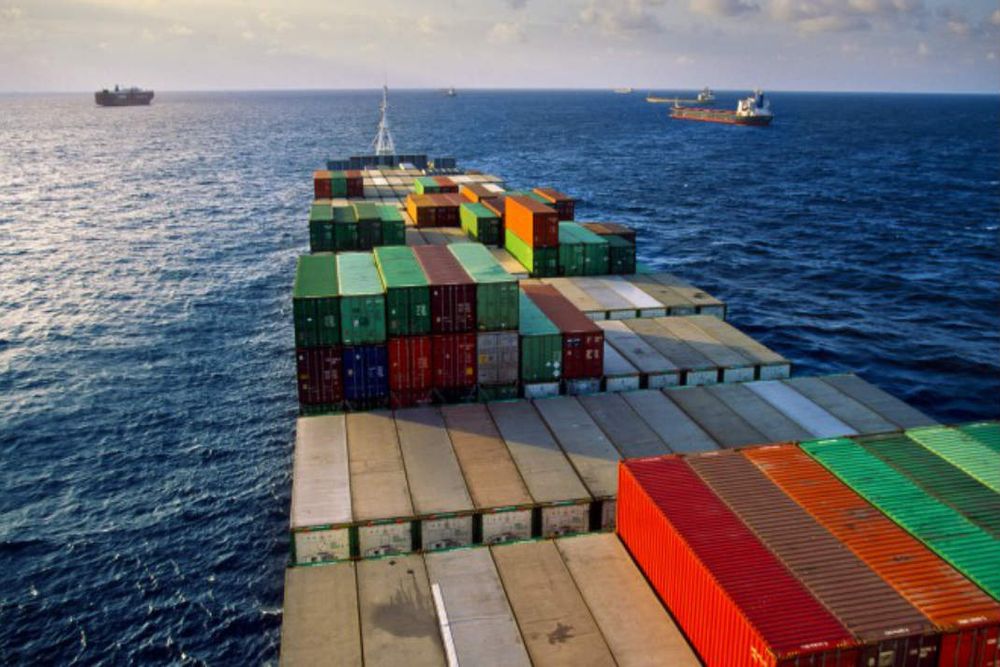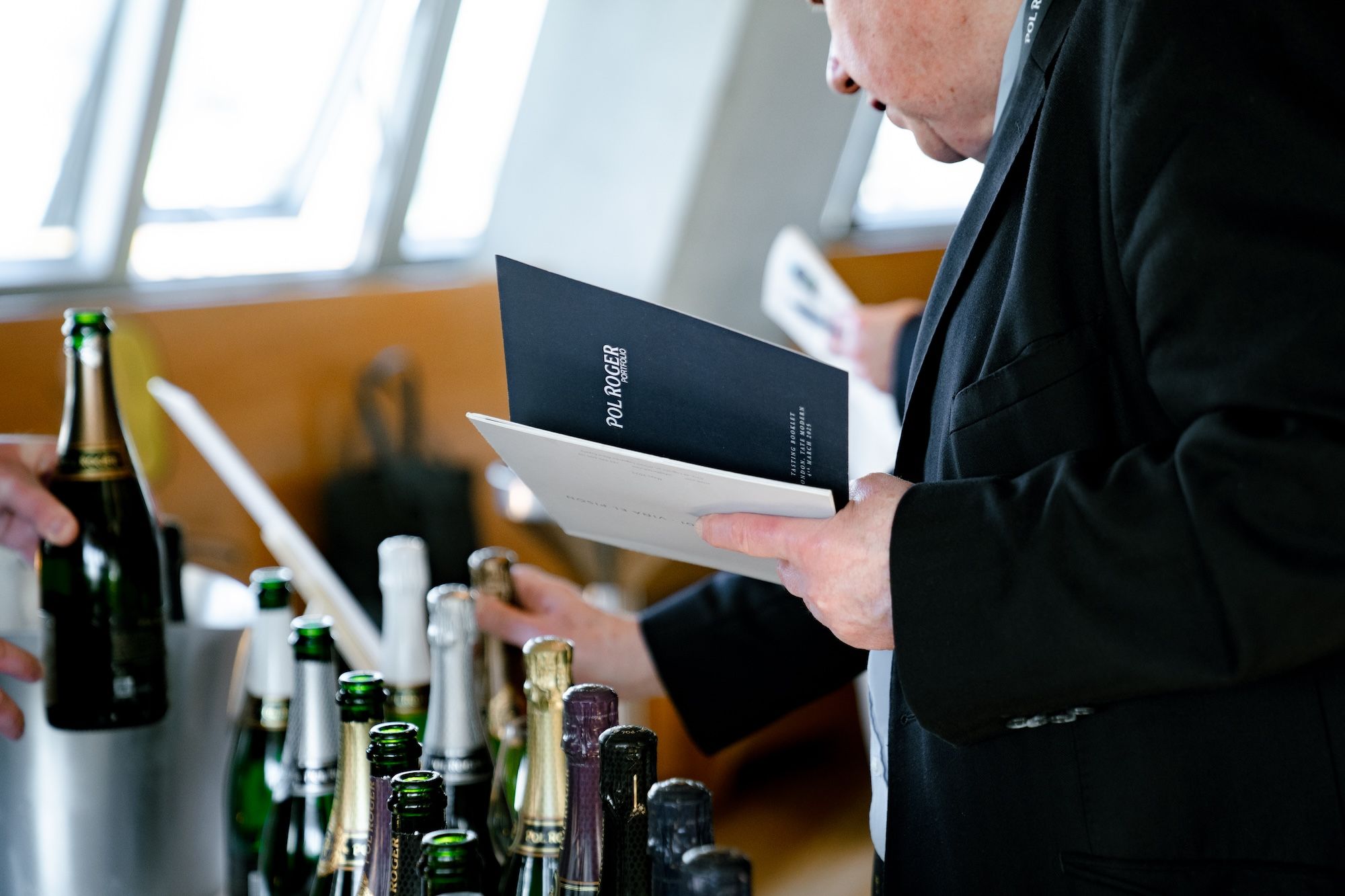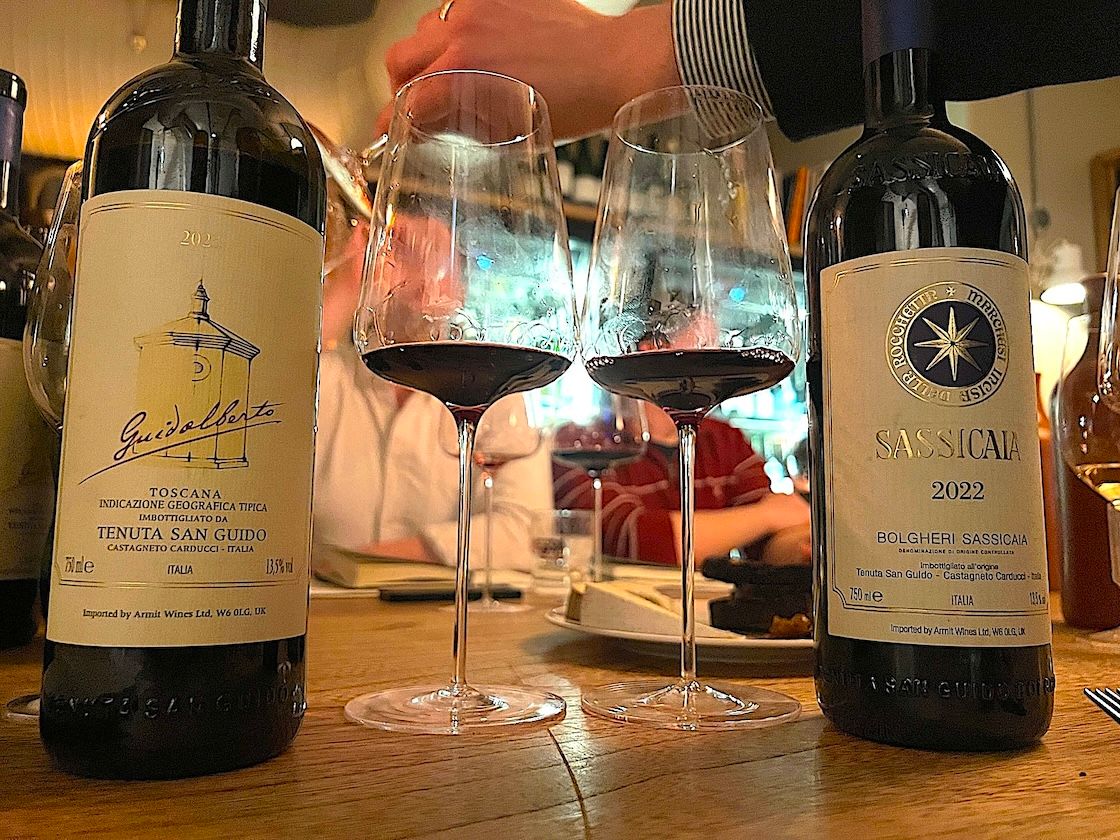Richard Siddle sets out the “perfect storm” of challenges facing the drinks, retail and hospitality sectors in 2023, but also picks out the areas we can all get behind over the next 12 months. (Main image by Chris Clor)
The drinks and wine industry goes into 2023 still feeling the aftershocks of a year that ripped up the traditional ways that buyers and sellers of wine, up and down the supply chain, normally do business – usually a slick, high functioning process all based on carefully negotiated, harvest-based, supplier, buyer and retailer contracts. Minimum 12 month agreements all set in stone, never to be changed.
That is, until 2022 came along and the ongoing fallout from the Covid global supply collided head first with the Russian Ukraine war, resulting in major shortages of packaging, escalating dry good costs and a near total collapse in the supply of glass bottles.
All of which resulted in those never-to-be-changed supplier and retailer contracts being ripped up and re-written time and again as costs were forced up making any original agreements untenable.
Drinks producers, importers and buyers are now having to work out new rules of trading that allows them to do business with each other. But they are having to do so in a real-life equivalent of a Twister game, where everyone’s position changes with every throw of the dice.
Where there is as much visibility of the right way forward as there is in a Formula 1 car in the middle of a rain storm.

The drinks, retail and hospitality sectors are driving into the unknown in 2023 says Richard Siddle
There are also no management books out there that help you plot your way through the impacts of a war and major recession. Particularly when all the economic guidance from the government stretches to a vague pledge to “halve inflation, grow the economy, create better-paid jobs” and “cut national debt”.
Its so-called help involves ripping up the current way the drinks and wine industry is taxed and replacing it with a scheme – set to be implemented in August – that the industry widely accepts will achieve the complete opposite of what it claims will be a “simpler, fairer and healthier” way of calculating tax on the average bottle of wine, beer or spirts.
Unique trading conditions
That’s the unique backdrop against which the drinks industry will look to plan and try and do business in the months ahead. Issues that are all expected to get a lot worse in 2023 before they start to get better.
But if there is an industry capable of adapting, changing and coming up with effective new ways of trading then it is the world of drinks. Particularly the wine sector which, after all, has to reset itself on an annual basis on the back of the strengths, size and quality of the main wine harvests around the world.
But as Lesley Cook, Lanchester Wines’ buying director at Lanchester Wines, said in her article on The Buyer before Christmas about the challenges the industry faces going into 2023, that it is “normally mother nature” that challenges us. This time it’s different. The industry is having to deal with a stack of issues outside of its control that goes way beyond the vagaries in the weather.
From shipping delays, to increased packaging, dry good and energy costs, the job of a buyer, she says, gets more complex by the week. “It’s a perfect storm,” she adds.
Want to put your new carefully sourced wine in a bespoke wine bottle? Forget it. There is now often just one shape and size to choose from at a price that goes up month by month.
It is going to be fascinating to see how the industry responds to all these challenges, for there is not a shiny white corporate horse coming over the hill to save the day.
What can we expect?
Well, brutally, more of the same in terms of upheaval and uncertainty. But times of crisis also open up new opportunities too.

Philip Cox at Cramele Recas has been warning the wine industry about the huge supply chain and glass issues facing the sector for some time and is looking to push recycled plastic bottles as a potential solution – at least for entry level wines
Philip Cox at Cramele Recas in Romania strongly believes 2023 could be the year the wine industry finally takes a serious look at alternative packaging. To some extent, and considering the glass shortage problem is only expected to get worse, it does not have a choice.
Which is why he is looking to roll out a recyclable plastic bottle alternative, which he believes could soon be a no brainier for supermarket wines looking to hit the lowest price points.
They are not only cheaper to supply, easier to ship and are good for everyone’s sustainability credentials too as they can drastically cut CO2 emissions. (Read more about it on The Buyer here).
Then there is the new paper bottle format from Frugalpac which started to make some head way in 2022 with a number of brands and producers – including the new Interpunkt brand from Andrew Ingham and Journey’s End in South Africa – looking to use it as an alternative to glass.

When in Rome is now being packaged in Frugalpac’s breakthrough paper bottle format and is on sale in 450 Sainsbury’s stores
Now Sainsbury’s has gone a step further and agreed to list two brands from When in Rome, that has made its name using bag in box for its premium Italian wines, in the new Frugalpac paper bottle format. Crucially this is not just a trial but a full roll out across 450 of its stores.
Many eyes will be watching to see how the bottles do on shelf and what sort of consumer response there is to them.
As the pressure increases on all major supermarkets, suppliers and producers to implement effective sustainability strategies it opens up huge opportunities for relevant alternative packaging formats that truly resonate with the consumer.
That said switching to alternative formats has to be trade driven as there is currently not the demand from consumers to see glass being removed from the shelf. But if the industry as a whole is to meet its carbon neutral targets then it has to take the consumer with them and give them more of a choice and explain what the alternative packaging formats can offer.
And now the good news…
Any room for good news? A little. Those operating in the premium and fine wine worlds are, as ever, living in a parallel universe where there is still strong demand for an ever increasing universe of wines and a greater thirst for top notch wines from off the beaten track.
In fact, when it comes to the big name wines from the classic regions there is now more demand than supply, which is why canny, ever innovative wine merchants and brokers are pushing their well heeled customers to invest and buy wines from the not so prestigious parts of the world.
Liv-ex, for example, says Bordeaux wines now only account for 34.5% of all business done through its trading platform compared to 95% of sales in 2010.
English wine continues to boom and in 2023 we can look forward to still wines making more headlines and importantly opening up the category to more drinkers who can explore what different regions have to offer on a daily basis, rather than a special occasion for English sparkling.

Shipping containers full of wine from Australia are looking for markets to take their wines as they have been priced out of Australia and need to empty their tanks for the 2023 harvest
At the other end of the market there will still be big bargains to be had. Particularly from Australian producers priced out of China and drowning in stocks of wine they are struggling to sell as they desperately look to empty tanks before taking in the 2023 harvest. It’s not good news for the Australian wine industry, or the category in the UK that has worked so hard to premiumise itself over the last 10 years, but needs must. To move forward Australia, as a whole, is going to have to play the discount game again.
Elsewhere we can expect Cava, particularly its D.O wines, to shine as sparkling wine drinkers increasingly look for a more premium, but still affordable alternative to Prosecco.
Like no other
But there is no sugar coating the wider issues facing the drinks and wine industry in 2023. Business leaders have been queuing up over the festive break to share their experiences and tell us trading conditions in 2022 were as bad as they have ever seen. Let’s only hope they are still around to tell their tale in 12 months time.
Every year the wine industry is faced with a unique set of circumstances to overcome around harvests, pricing and getting wines into the market. No matter how hard it is there are always those who find ways to make those circumstances work in their favour. 2023, though, could be the year when the issues facing the sector are simply too crippling for everyone in the sector to survive.
- You can listen to Richard Siddle and David Kermode discussing the challenges facing the drinks, retail and hospitality sectors in 2023 in the current episode (91) of Kermode’s The Drinking Hour on Food FM, in partnership with The Buyer and IWSC. Click here to listen.










































